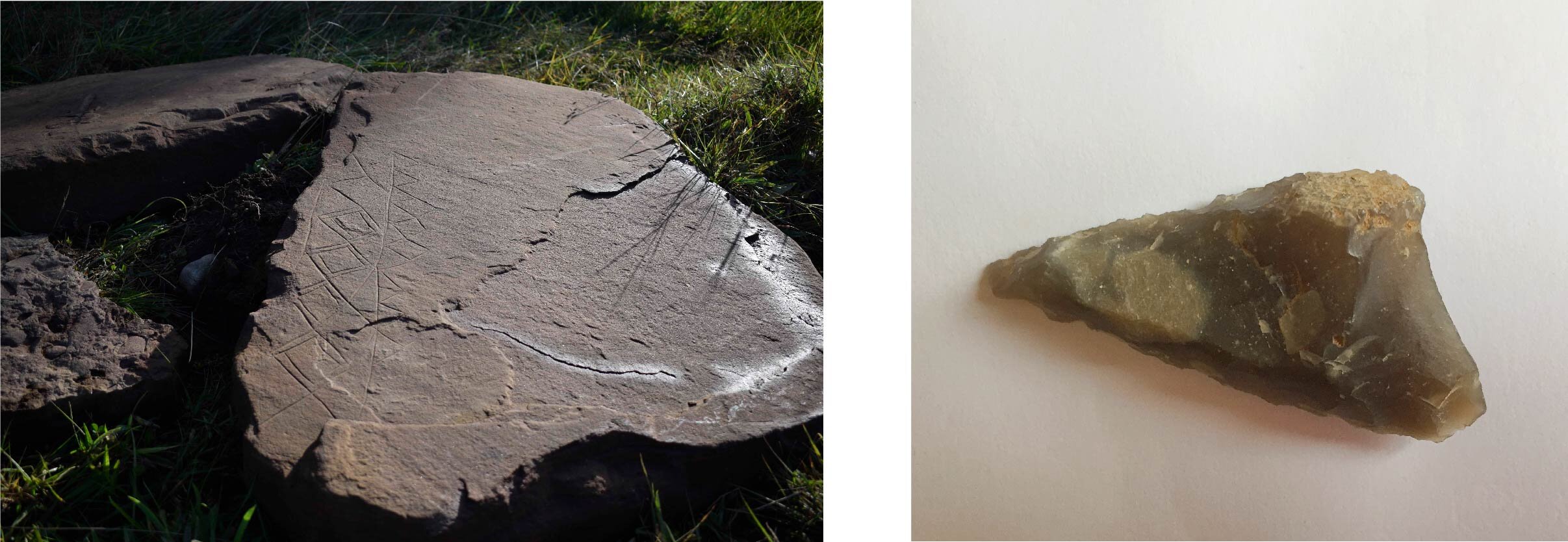A Bronze Age Cemetery in Drumnadrochit, by Loch Ness
Following on from excavation in 2017, this year AOC Archaeology undertook further fieldwork on behalf of the Glenurquhart Care Project and Compass Building & Construction Services during groundworks for a new housing development situated on the western shores of Loch Ness on Urquhart Bay. Several new discoveries on the site have uncovered clear evidence that it was used as a Bronze Age cemetery, more than 1,000 years after a brief period of Neolithic use that has been closely dated to 3,600-3,500 BC. Previous works within the development area in 2015 and 2017 had uncovered a Bronze Age short cist with an inhumation, a burial pit containing a broken Beaker pot and stone wrist guard, and a second Bronze Age short cist containing a Beaker pot. You can read more about these discoveries here, here and here.
In 2018, ground clearance as part of development uncovered three further Bronze Age burials on the site which were buried below subsoil deposits and had been impacted upon during the distant past, possibly during medieval period farming. None of these sites had been identifiable during trenching or targeted excavation.
Above: excavation of the third cist, and fragments of the Beaker pot found within
The third cist discovery (above) comprised a well-built short cist missing the capstone and with one side slab collapsed into the soil-filled grave. Most of the fragments of a Bronze Age Beaker were recovered from the cist within which no human remains survived. The surprise discovery of two further cists came during further groundworks below the levels of natural subsoil – one containing a cremation burial with a flint artefact and another revealing a rare slab decorated with late Neolithic or early Bronze Age rock art.
Above: decorated slab from the fourth cist, and flint artefact associated with the cremation burial in the fifth cist
The results have been highly significant for Drumnadrochit and the Great Glen, with the earlier Neolithic settlement overlain by 6 Bronze Age graves providing clear evidence for the appropriation of the site as a Bronze Age cemetery.
Mary Peteranna, AOC’s Inverness Operations Manager said, “I believe that around 4,000+ years ago, this landscape was already imbued with meaning. In the period preceding this, the Neolithic ancestors were the first farmers becoming increasingly tied to a landscape where they were cultivating wheat and barley – and with that their beliefs were tied into the changing of the seasons, with the need for winter to end and summer to begin. This was an important transition from the more transitory lifestyle of hunter-gatherers. Later, in the Bronze Age, we know that the communities of the Great Glen were building burial cairns in line with the winter solstice – as at the nearby Corrimony Cairns and Clava Cairns in Inverness. To have a cemetery built on this site certainly was a deliberate choice for the inhabitants of this part of the Great Glen.”


